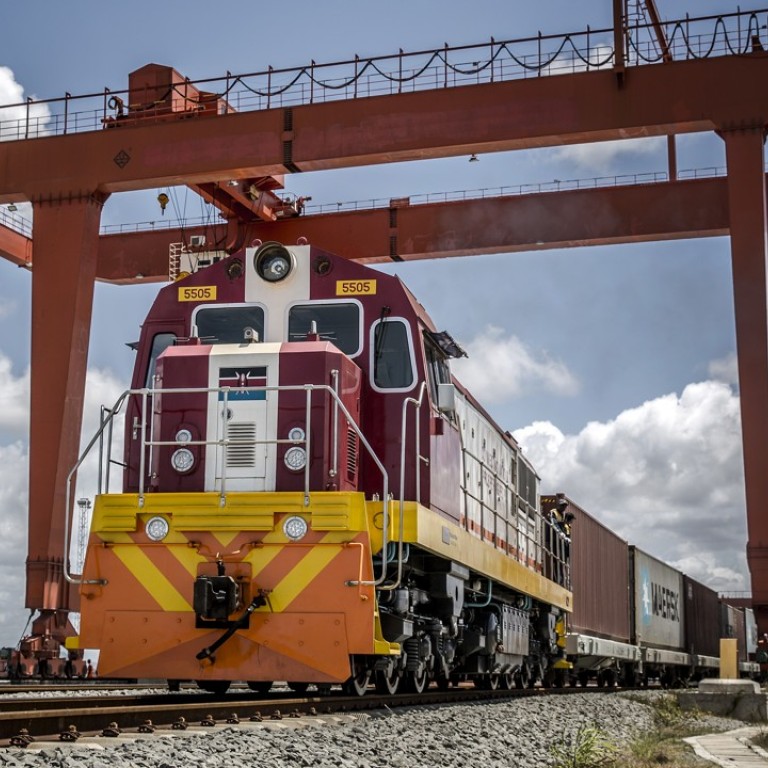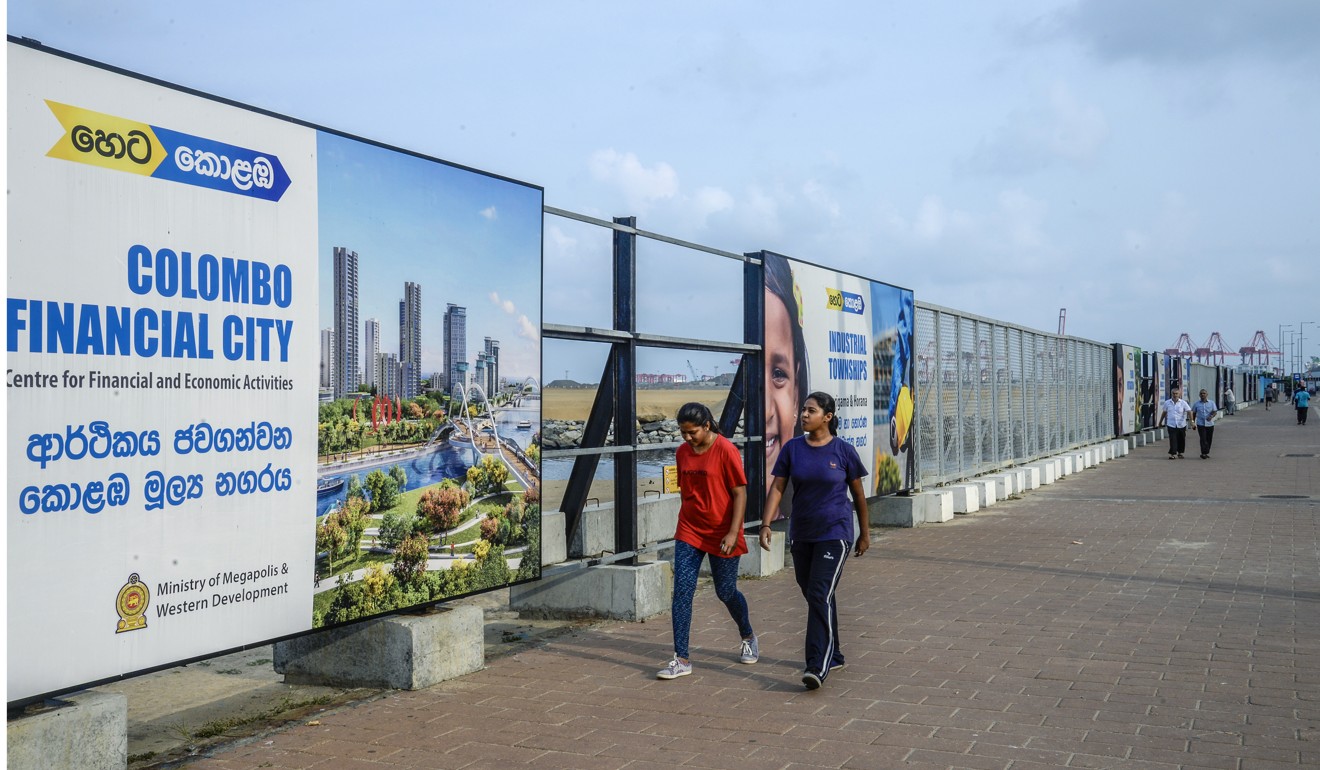
Debt-trap allegations push China to tighten reins on foreign aid programme
- New regulation calls for better risk assessment and improved management of overseas investment projects
- Document comes amid rising criticism of infrastructure spending that some observers say has left recipient nations mired in debt
Beijing has drafted a new regulation designed to improve the management of its foreign aid programme amid allegations it has engaged in debt-trap diplomacy and that some of its investment projects have failed to benefit local communities.
The document, titled “Measure for the Administration of Foreign Aid”, was published on the website of the China International Development Cooperation Agency (CIDCA), which was set up earlier this year to evaluate and administer the nation’s aid programme. It will remain available for public comment until late December.
Botched railway in Africa a warning to belt and road investors
The document calls for the CIDCA and other government agencies involved in overseas investment to fully evaluate the projects with which they are involved. Its publication comes amid growing criticism of Beijing’s massive infrastructure investment across Asia, Africa and parts of eastern and central Europe that some observers have said has burdened recipient nations with debts they will never be able to repay.

While Beijing insists it does not attach political conditions to its investments or interfere in the internal affairs of recipient countries, it has been accused of using projects, especially those under its “Belt and Road Initiative”, to raise both its profile and influence around the world.
Even within China, questions have been raised about so-called vanity projects, such as luxury government buildings and sports stadiums, that come with massive price tags but do little to benefit the communities in which they are built.
One example of this is Mattala Rajapaksa International Airport in Sri Lanka, the South Asian island’s second-largest. Paid for by Beijing and built by Chinese contractors, the facility was designed to handle 1 million passengers a year, but in 2016 welcomed just 5,000.
Tian Feilong, an associate professor at Beihang University’s law school in Beijing, said the new regulation was most likely a reaction to the obstacles China was facing with projects under the belt and road plan, President Xi Jinping’s pet project to create new trade and infrastructure links across Asia and into Africa and Europe.
“Projects under the belt and road are usually implemented in a way that puts politics first,” he said.
But the fact projects were driven by government policy meant they lacked proper risk assessment and were badly managed, he said.
“This has hampered the effectiveness of Chinese aid, raised questions about its legitimacy and triggered allegations of [Beijing conducting] debt-trap diplomacy.”
China promises more economic aid for Pakistan, but won’t yet commit to specific pledges
Marina Rudyak, an assistant professor at Heidelberg University in Germany who researches China’s foreign aid programme, said the introduction of an evaluation system could be a “very important step” for Beijing, but only if it was independent of the government.
“Self-evaluation can lead to a conflict of interest, which is the reason why most so called traditional donors insist on independent evaluation of aid projects,” she said.
Established in March, the CIDCA – which reports to the State Council, China’s cabinet – is widely seen as part of Beijing’s efforts to strengthen its strategic planning and consolidate the management of its foreign aid programme, which comes in various forms, including grants, and interest-free and concessional loans.
China shakes up old order of Western donors with surge in aid to Africa
According to figures from AidData, a research facility at William Mary University in the United States, China allocated US$81 billion to its foreign development programme between 2000 and 2014, making it the world’s second-largest donor after the US.
Last month, US President Donald Trump signed a bill to create a new foreign aid agency with authority to provide US$60 billion in funding for developing nations. And in an apparent bid to offset China’s rising influence in the Asia-Pacific region, Australian Prime Minister Scott Morrison said last week that Canberra would offer US$1.5 billion in the form of grants and low-cost loans for infrastructure development projects in Pacific nations.

